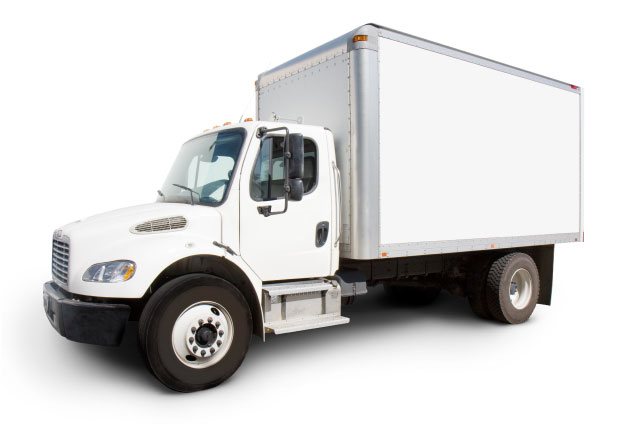Innovations in Reusing and Recycling Materials
Posted on 17/02/2024

In recent years, there has been a growing awareness of the importance of sustainable living and minimizing our environmental footprint. This is in part due to increased public knowledge about the effects of climate change and other global issues related to the environment. As a result, innovators around the world have been exploring ways to reuse and recycle materials, from substances like plastics and metals to unused or discarded textiles. By reusing these materials, we can reduce our demand for new resources, cut down on waste production, and minimize our impact on the planet. Let's take a closer look at some of the impressive innovations that are helping to bring about a greener tomorrow.
One approach to resource recycling that has shown promise in recent years is upcycling. Upcycling involves taking existing materials (usually those that are considered trash or low-value items) and transforming them into something valuable or usable. This could be anything from turning old clothing into new fashion items to creating furniture out of scrap wood or metal parts. The advantage of this approach is that it reduces the need for new raw materials while also limiting how much excess waste ends up in landfills. Furthermore, upcycled products often have unique designs or features that make them attractive to consumers.
The use of 3D printing technology has been another game changer when it comes to resource recycling and reuse. 3D printing involves using digital 3D models to create physical objects - often with unprecedented levels of customization and detail. Not only does this allow manufacturers to reduce their reliance on traditional manufacturing processes; it also enables the reuse of materials like plastic, metal filaments, composites, and even bioplastics made from organic matter such as cornstarch or algae. This technological advancement has opened up new possibilities for creating products out of recycled materials and thus reducing waste production significantly.
In addition, advances in composting systems have made it easier than ever before for individuals and businesses alike to turn organic waste into nutrient-rich fertilizers that can be used in agriculture and gardening applications. Composting works by taking organic matter like food scraps or yard waste (such as leaves) and breaking it down into smaller particles using microorganisms such as bacteria, fungi, and worms. The end result is a nutrient-dense soil amendment that can both help plants grow healthier and prevent organic waste from ending up in landfills. This is an excellent example of how sustainable practices can be adopted at both the individual and corporate level in order to reduce our reliance on synthetic chemical fertilizers while simultaneously reusing resources that would otherwise go to waste.
Finally, textile recycling technology has improved dramatically over the past decade or so as well. From fabric softeners that prevent clothes from deteriorating too quickly to machines that separate different kinds fabrics by material type (allowing them be reused more effectively), advancements in this particular realm have provided us with innovative ways to extend the life cycle of our garments while also conserving resources - no small feat!
All these innovations mark an exciting time in our efforts towards sustainability - one where we are finally beginning to see (and feel) tangible progress towards protecting our environment for generations to come. Whether it's through upcycling consumer products, utilizing 3D printing technology, engaging in composting initiatives, or making better use of textile recycling pathways - there are countless opportunities for us all come together and make a positive contribution towards creating a greener future.







